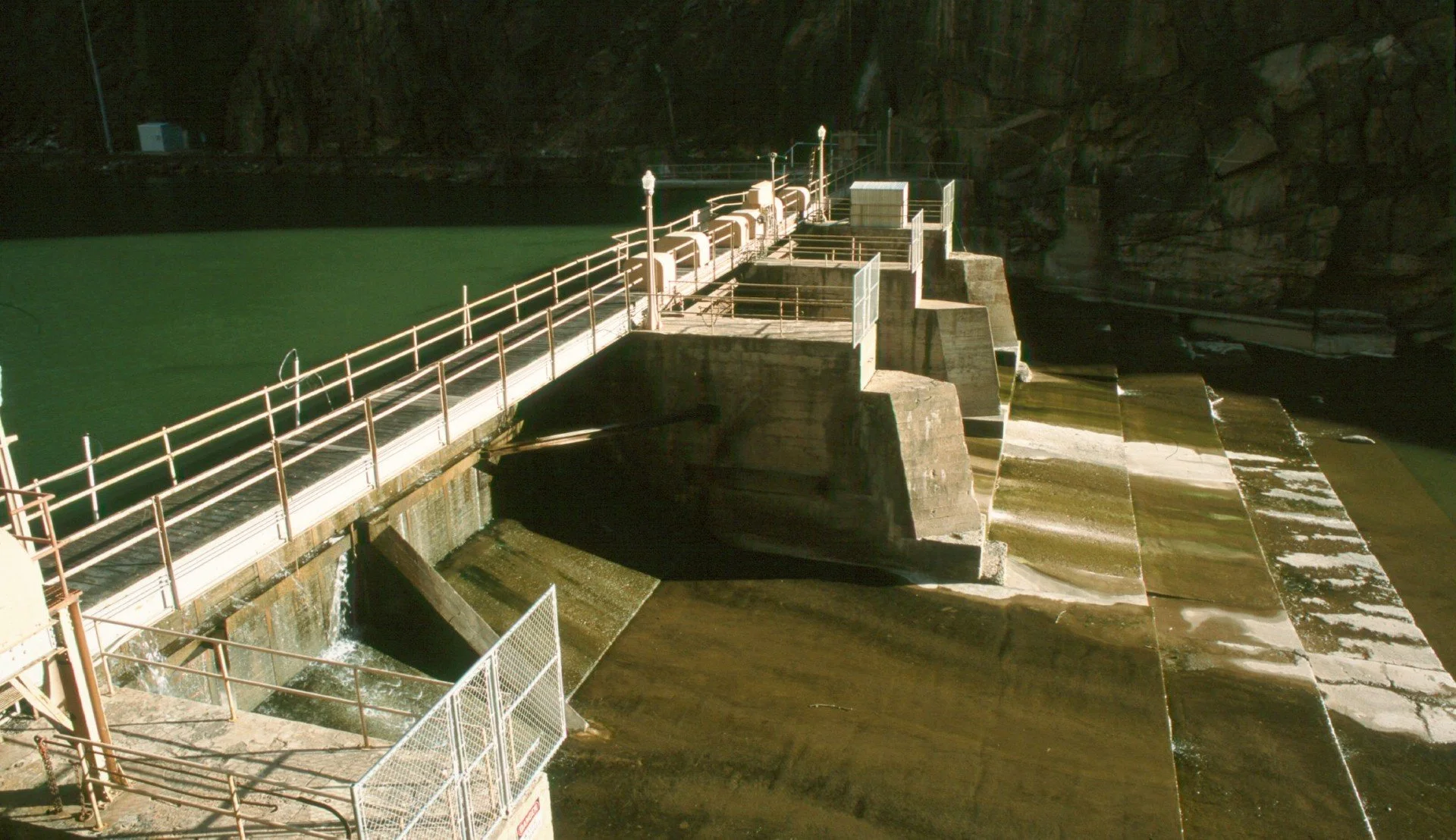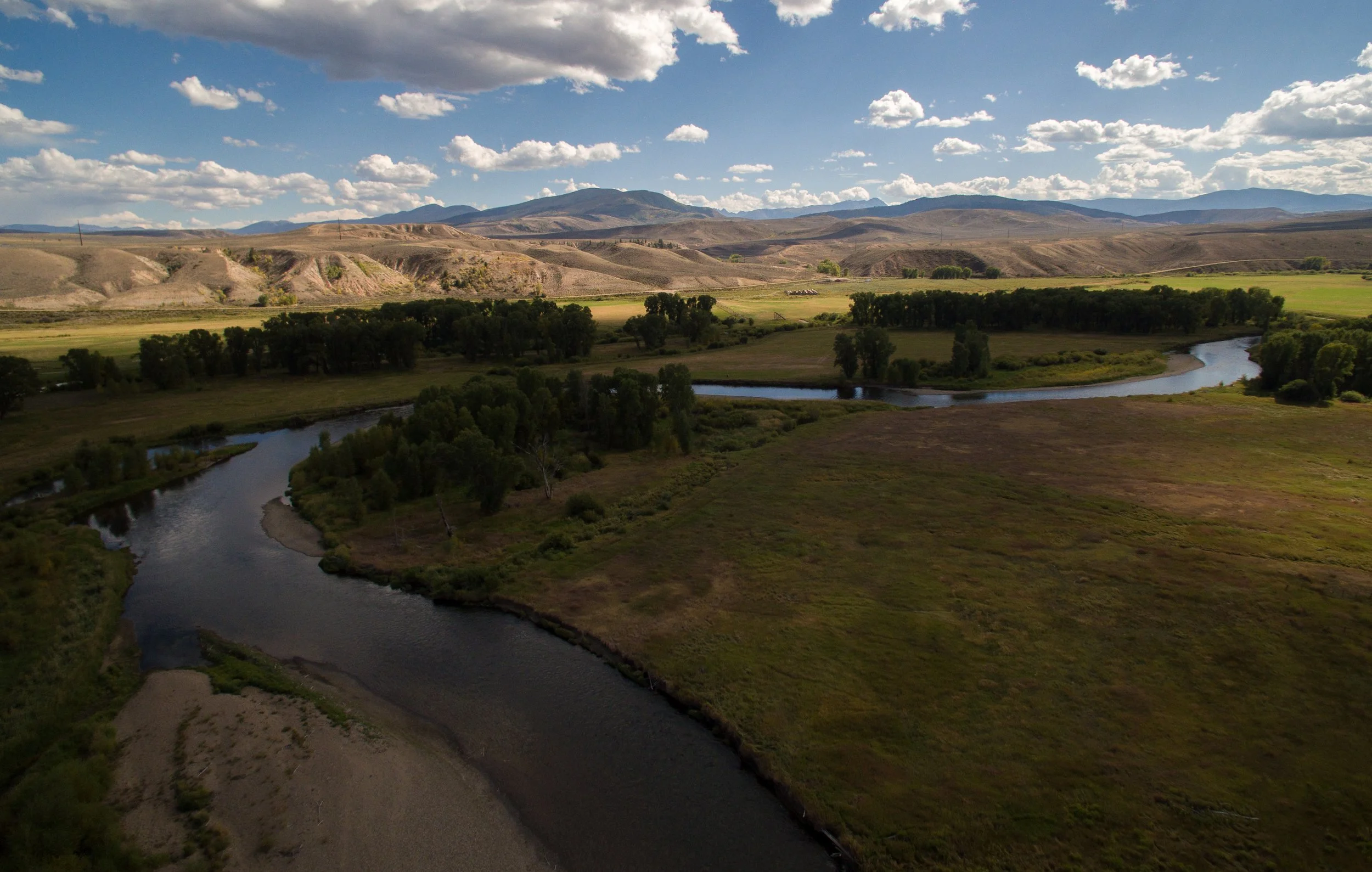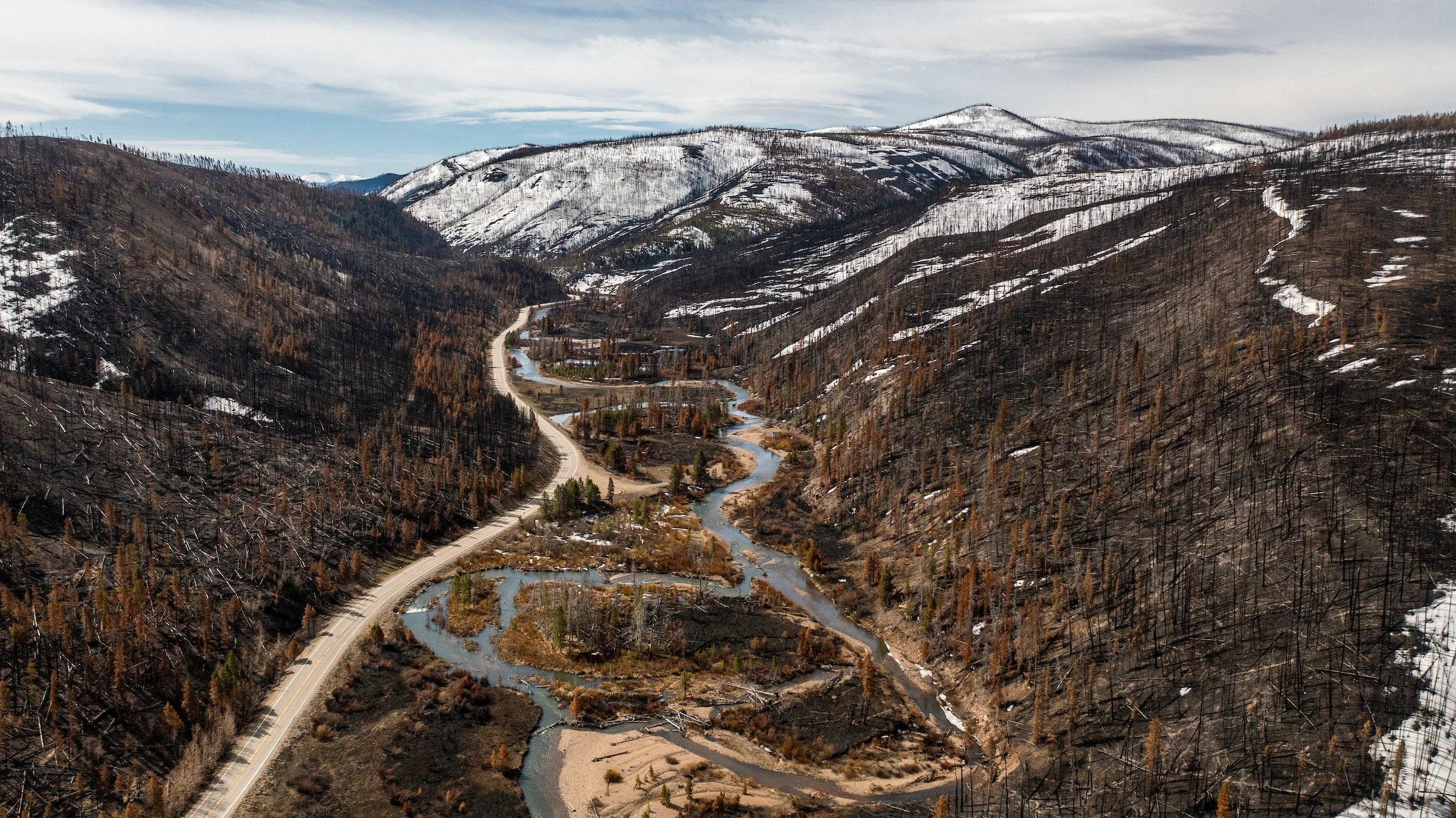We went to DC to testify to the Roadless Area Conservation National Committee (RACNAC) on a provision in the proposed CO Roadless Rule that would allow roads to be built into roadless areas to build future water pipelines and diversion structures for which no water right exists today. For more on the roadless issue in Colorado: http://www.denverpost.com/news/ci_11142283
http://www.cotrout.org/Conservation/CTURoadlessComments/tabid/301/Default.aspx
As part of the visit to DC, we also met with Hill Staff Clean Water Restoration Act:
http://frwebgate.access.gpo.gov/cgi-bin/getdoc.cgi?dbname=110_cong_bills&docid=f:h2421ih.txt.pdf
TU and most of the other parties to the Colorado water court proceedings to quantify the Black Canyon reserved water right have reached agreement on a proposed decree. The water court has established a 30-day period for any party to object to the proposed settlement. If there is no objection, the court should sign the decree before the end of the year.
http://www.cotrout.org/LinkPages/BlackCanyon/tabid/144/Default.aspx
We have been reviewing and commenting on a bill to be introduced in the 2009 Colorado General Assembly legislative session that would allow small-scale precipitation harvesting on a pilot basis: http://www.denverpost.com/headlines/ci_9712027
We have met with representatives of Colorado Springs Utilities to discuss mitigation for the Southern Delivery System project:
http://www.sdswater.org/
http://www.chieftain.com/articles/2008/12/10/news/local/doc493f7e7c9ee76704242048.txt
The water court judge issued a ruling on the Supreme Court’s remand of the Dry Gulch case. The ruling on remand awards the applicants more water than is justified under the Supreme Court opinion. We have appealed the remand decree back to the Supreme Court.
http://www.cotrout.org/LinkPages/DryGulchGoestotheSupremeCourt/tabid/189/Default.aspx
We are working on comments on the draft EIS for the Windy Gap Firming Project (WGFP), released by the Bureau of Reclamation and the U.S. Army Corps earlier. Using Reclamation facilities, the project would take additional flows from the headwaters of the Colorado River and across the Continental Divide to supply municipal water to the metro area. The WGFP would utilize a concept called “prepositioning” to increase the firm yield of the very junior Windy Gap water rights. The increase in firm yield would result in further depletions to the Colorado River. Ongoing transmountain diversions already take over 50% of the Colorado’s native flows and a higher percentage of its tributary, the Fraser River. Both rivers support highly valued recreational trout fisheries. The draft EIS does a very poor job assessing direct and cumulative impacts to the fisheries. The proposed action alternative also raises serious legal federal and state law questions. Comments are due December 29, 2008.
http://www.cotrout.org/Conservation/WindyGapCommentExt/tabid/310/Default.aspx
We are in contact with the Bureau of Reclamation and its contractor (Northern) for the Colorado-Big Thompson (C-BT) Project to modify project operations to ameliorate its impacts on the headwaters of the Colorado River and its Gold Medal trout fisheries. At a recent meeting, Northern unveiled a proposal to make up to 6,000 acre-feet of water a year available to deal with late summer low flow issues.
http://www.usbr.gov/dataweb/html/cbt.html
We are significantly involved in a stakeholder effort to develop a stream management plan for a section of the Colorado River being considered for potential WSRA designation. The group has representation from water suppliers, local governments, recreation, and conservation groups. A draft plan that includes measures to protect flows and water quality through the reach has been submitted to BLM, but many issues still need to be worked out. A final plan is due June 2009.
http://www.gjsentinel.com/hp/content/news/stories/2008/12/06/120708_5A_wild_scenic.html
TU staff met with upper management of the Colorado Division of Wildlife (DOW) and Colorado Water Conservation Board (CWCB) staff to discuss ways in which DOW can help promote efforts to obtain water leases for instream flow purposes. DOW is in a very good position to promote the program and seek opportunities, as many of its field and regional staff live and work in localities where leases may be needed/desirable, and it already has a realty program that promotes and engages in land conservation transactions. TU will continue to work with DOW and CWCB to expand the program.
http://cwcb.state.co.us/StreamAndLake/WaterAcquisitions/
TU is participating in a “Shared Vision Planning” (SVP) process on the North Fork Cache la Poudre River near Ft. Collins, Colorado. SVP is a collaborative approach to formulating water management solutions that combines three disparate practices: 1) traditional water resources planning, 2) structured public participation and 3) collaborative computer modeling. The goal of SVP is to improve the economic, environmental and social outcomes of water management decisions. SVP is intended to facilitate a common understanding of a natural resource system and provide a consensus-based forum for stakeholders to identify tradeoffs and new management options. http://halligan-seaman.org/page.asp?pgID=48







